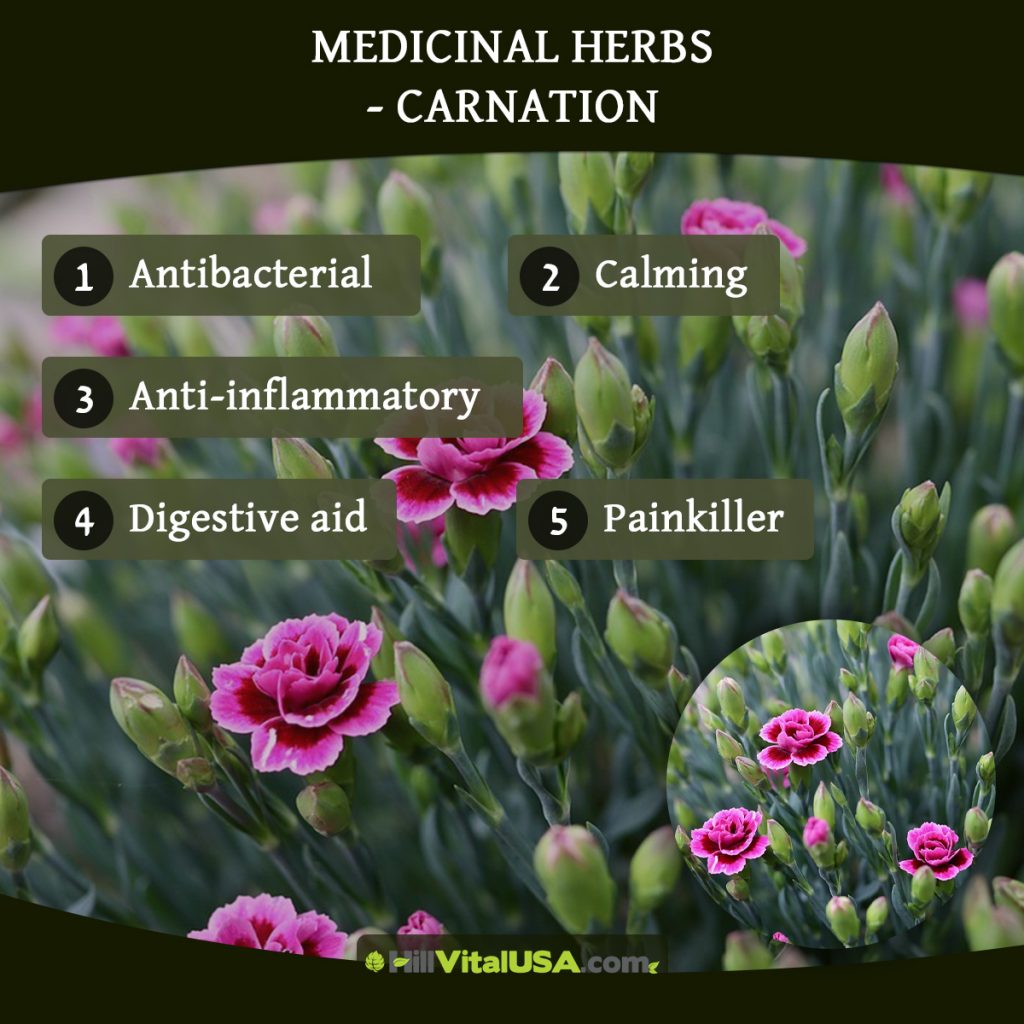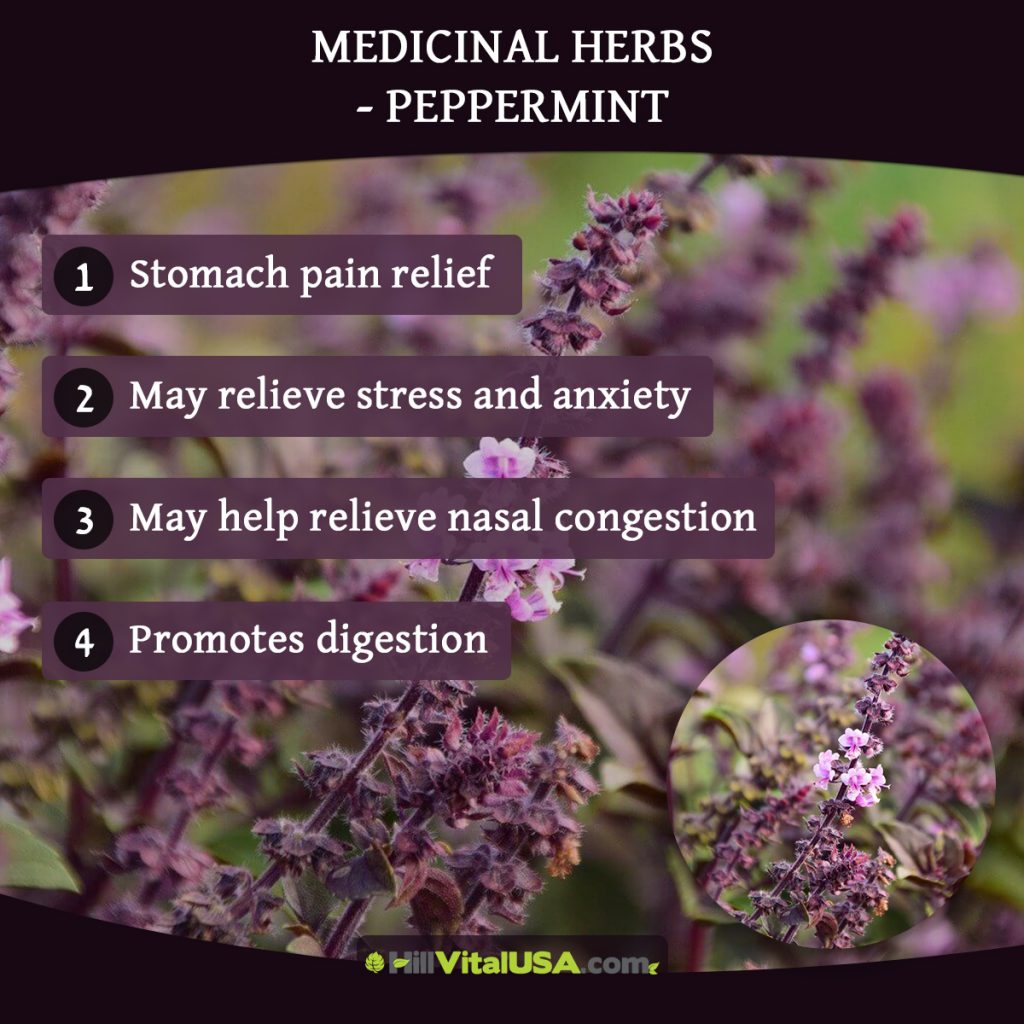Carnation: A Medicinal Herb

Carnation, known for its beauty, also has medicinal properties. It has been used for pain relief, inflammation, and promoting skin health in traditional remedies.

Carnation, known for its beauty, also has medicinal properties. It has been used for pain relief, inflammation, and promoting skin health in traditional remedies.

Marguerite Daisy has anti-inflammatory and antioxidant properties. It’s used in traditional medicine to support skin health, reduce pain, and promote overall well-being.

Ischemic heart disease and stroke are both caused by reduced blood flow to the heart or brain. Early prevention and treatment are crucial to reduce risks and complications.

COPD and other respiratory diseases affect lung function, causing symptoms like shortness of breath and coughing. Early diagnosis and treatment can improve quality of life.

St. John’s Wort is known for its healing properties, often used to treat depression, anxiety, and wounds. It has anti-inflammatory and antioxidant benefits as well.

Peppermint is known for its digestive benefits, relieving indigestion and nausea. It also has soothing properties for headaches and muscle pain, and boosts mental clarity.

Amblyopia, or lazy eye, is a vision condition where one eye doesn’t develop properly. Treatment includes corrective lenses, eye patches, or vision therapy for improvement.

Reducing allergic reactions involves avoiding triggers, using antihistamines, and adopting lifestyle changes. Allergy shots and other treatments can help manage symptoms.

Adopt natural ingredients like aloe and turmeric for skincare that hydrates, brightens, and promotes a healthier, glowing complexion.

Natural skincare nourishes and protects your skin with gentle ingredients, reducing irritation and promoting a healthier, more radiant complexion without harsh chemicals.